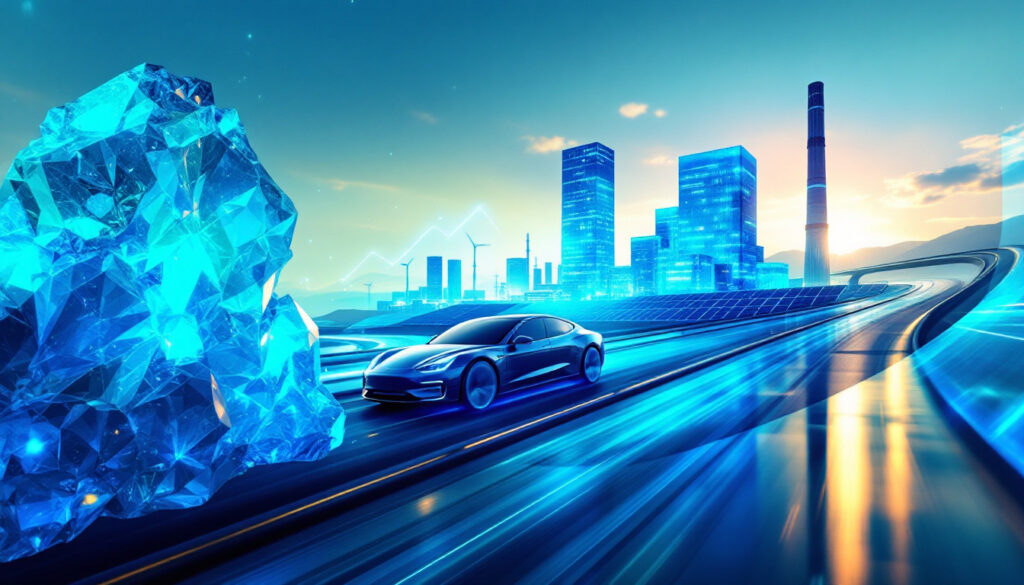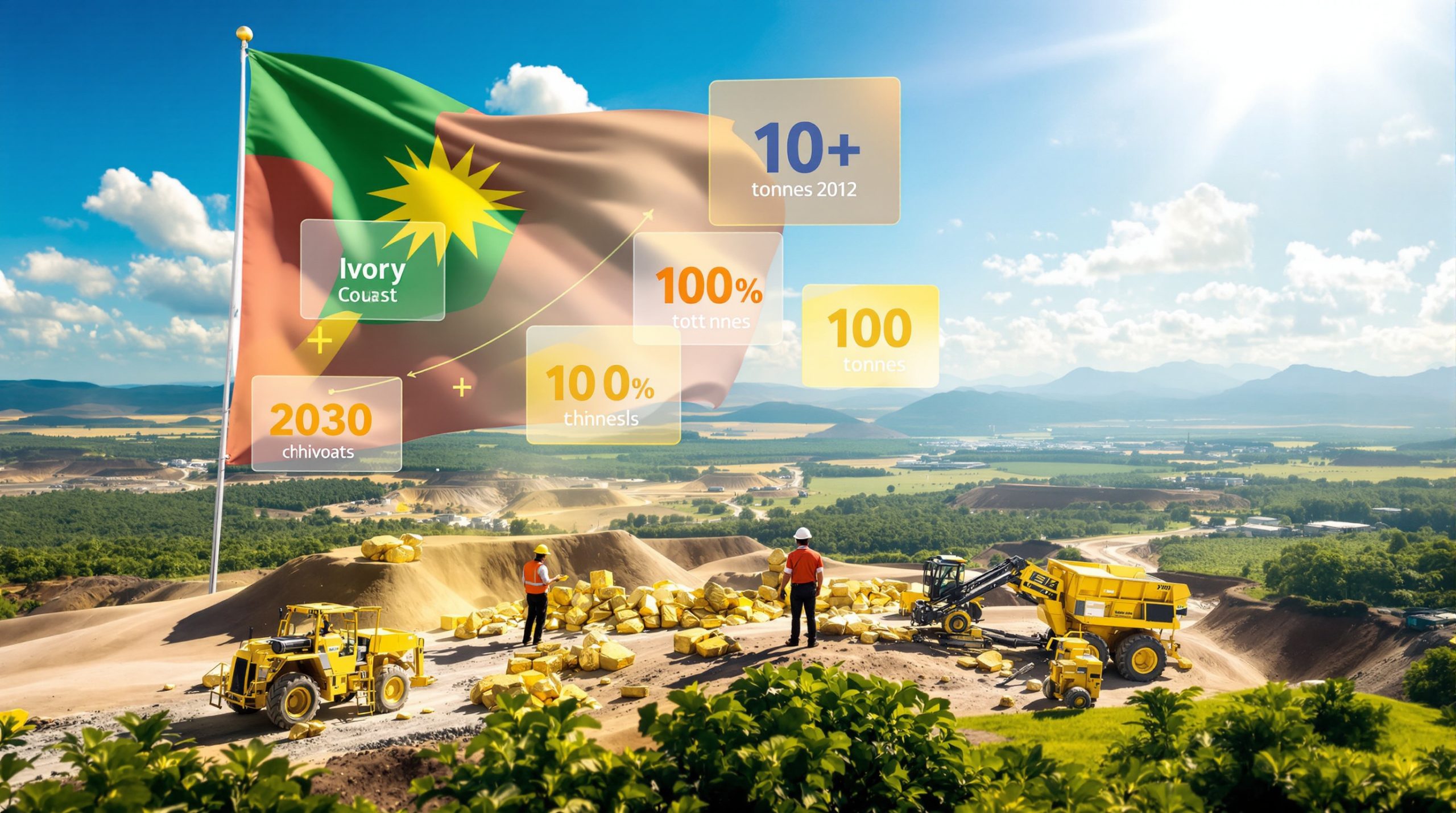Global Lithium Battery Market Overview
The lithium-ion battery market continues to experience unprecedented growth, driven primarily by the rapid expansion of new energy vehicles (NEVs) globally. According to recent projections from SMM, global NEV sales are expected to reach approximately 21 million units in 2025, representing a robust 20% year-over-year increase from 2024. This growth trajectory places the NEV penetration rate at around 54% in 2025, a significant milestone in the transition away from conventional internal combustion engines.
Looking further ahead, the compound annual growth rate (CAGR) for global NEV sales is expected to maintain a steady pace of approximately 11% from 2024 to 2028, indicating sustained long-term growth potential. This expansion is increasingly powered by lithium iron phosphate (LFP) battery technology, which continues to gain market share over ternary batteries (NCM/NCA chemistries).
In production terms, LFP battery cell manufacturing is projected to exceed 1,100 GWh in 2025, far surpassing ternary battery production. This represents a year-over-year increase of over 20% for LFP battery cell production, highlighting the technology's accelerating adoption across multiple sectors.
The shift toward LFP chemistry is particularly pronounced in market share statistics. Globally, LFP battery cells captured approximately 60% of the market in 2024, with expectations to increase to around 63% in 2025. Within China specifically, the world's largest lithium reserve market, LFP battery cells already commanded approximately 71% market share in 2024 and are projected to rise to approximately 74% in 2025. Looking ahead to 2028, LFP is expected to account for around 63% of the global NEV market.
This dominance of LFP technology is reshaping supply chains, with lithium carbonate and LFP batteries becoming increasingly influential in determining overall battery costs and market dynamics.
Why Is LFP Technology Dominating the Battery Market?
The ascendancy of lithium iron phosphate (LFP) battery technology can be attributed to several key advantages that have made it increasingly attractive to manufacturers and end-users alike. Chief among these is cost-effectiveness—LFP batteries are significantly less expensive to produce than their ternary counterparts, primarily due to the absence of costly metals like nickel and cobalt. This cost advantage, coupled with recent technological advancements, has propelled LFP to the forefront of the battery market.
Safety represents another critical advantage of LFP chemistry. These batteries exhibit superior thermal stability and are less prone to thermal runaway events compared to nickel-based alternatives. The inherent stability of the phosphate cathode structure provides a fundamental safety advantage that is particularly valuable in large-scale applications like electric vehicles and energy storage systems.
Recent years have seen rapid technological advancements in LFP battery performance, significantly narrowing previous gaps in energy density compared to ternary batteries. Fourth-generation LFP materials now achieve energy densities approaching 205 Wh/kg, compared to around 170 Wh/kg just three years ago. These improvements have addressed one of the few remaining disadvantages of LFP chemistry.
The reduced dependency on critical minerals like nickel and cobalt represents both an economic and supply chain advantage. As nickel and cobalt continue to face price volatility and supply constraints, LFP's reliance primarily on iron, phosphorus, and lithium carbonate provides greater supply chain stability and predictability.
Market expansion strategies for LFP are becoming increasingly global. Previously dominated by Chinese manufacturers, we're now seeing overseas cathode producers entering the LFP field, while established Chinese LFP companies are expanding with international production facilities. This globalization is being accelerated through Australia's lithium ambitions and strategic partnerships forming across the supply chain and increasing integration with global automotive manufacturers seeking to secure battery supply.
Energy Storage Systems (ESS) Market Trends
The energy storage systems (ESS) market continues to experience significant growth alongside the electric vehicle sector, with LFP batteries increasingly becoming the chemistry of choice for stationary applications. According to industry projections, global ESS demand is expected to reach approximately 350 GWh in 2025, representing a 12% year-over-year increase from 2024.
The long-term outlook remains strong, with a compound annual growth rate (CAGR) of approximately 16% forecast for global ESS demand from 2024 to 2028. By 2028, the market is projected to reach approximately 550 GWh, driven by grid modernization, renewable energy integration, and decentralized power generation.
Regional market dynamics show China, North America, and Europe remaining the significant players in the global ESS landscape. However, recent policy changes are reshaping market expectations. China's cancellation of mandatory energy storage allocation requirements has impacted short-term demand forecasts, while U.S. tariff increases on Chinese imports have caused an approximately 8% downward revision of annual ESS demand projections.
Despite these regulatory headwinds, the market is becoming more rational, with investment focus shifting toward research and development and technological innovation rather than pure capacity expansion. Industry consolidation is accelerating as the market matures, with vertically integrated companies demonstrating advantages in maintaining stable supply chains from lithium carbonate procurement through to finished energy storage products.
Technical requirements for ESS applications continue to evolve, with cycle life expectations now extending beyond 8,000 cycles for grid-scale installations. This demanding performance requirement favors LFP chemistry due to its inherent stability and longevity advantages over ternary alternatives, particularly in applications where energy density is less critical than safety, lifespan, and cost.
LFP Material Supply and Production Landscape
China remains the dominant force in global LFP cathode material production, with total production capacity expected to reach around 3 million metric tons in 2025. However, this impressive capacity figure masks significant variation in operational efficiency across the sector. Overall industry operating rates remain around 50%, indicating substantial overcapacity, while top-tier companies maintain operating rates above 70%.
The market concentration, as measured by CR5 (the market share of the top five producers), has been declining as new manufacturers enter the space. This decreasing concentration reflects both the attractiveness of the LFP market and the relative accessibility of the technology compared to more complex cathode chemistries.
Regional capacity expansion within China shows notable geographic distribution. Jiangxi province is adding around 200,000 metric tons of capacity in 2025, while Shandong follows with approximately 100,000 metric tons. Hubei province is adding around 95,000 metric tons, with Sichuan and Hunan each adding approximately 80,000 metric tons during the same period.
Perhaps more significantly, 2024 marked the beginning of meaningful overseas LFP material production, with capacity beginning to ramp up in the fourth quarter. Small shipments have already started in international markets, with overseas LFP production expected to reach over 20,000 metric tons in 2025. This international expansion is projected to grow substantially, reaching around 78,000 metric tons by 2028, with total overseas LFP capacity expected to exceed 600,000 metric tons by that time.
This globalization of LFP production represents a significant shift in the industry landscape, reducing the historical concentration of production in China and creating more regionalized supply chains. The development aligns with various national policies promoting domestic battery supply chains and reducing dependency on imports, particularly for materials critical to mining and clean energy revolution.
How Are LFP Technologies Evolving?
The evolution of LFP battery materials continues at a rapid pace, with generational advancements delivering significant performance improvements. While 2024 was dominated by second-generation and second-generation half products, third-generation products are expected to take the lead in 2025, accounting for approximately 64% of the market.
Third-generation LFP materials incorporate bulk doping techniques that enhance electronic conductivity and lithium-ion diffusion, addressing some of the inherent limitations of the LFP chemistry. These improvements have been critical in narrowing the performance gap with ternary batteries, particularly in energy density and rate capability.
Even more promising, high-voltage fourth-generation LFP battery materials are gradually increasing in volume beginning in Q1 2025. These next-generation materials utilize nano-coating technologies to stabilize the cathode surface and enable operation at higher voltages, further improving energy density. Fourth-generation shipments are expected to double compared to 2024 levels, reaching around 15% of total shipments in 2025.
The production complexity of these advanced materials creates significant barriers to entry, with only 2-3 companies currently capable of mass-producing fourth-generation high-voltage LFP materials. This exclusivity provides these manufacturers with increased pricing power in contrast to the commoditization pressure facing producers of conventional LFP materials.
Alongside pure LFP development, lithium manganese iron phosphate (LMFP) technology continues to attract significant attention. LMFP offers advantages in energy density, output power, and low-temperature performance compared to standard LFP, while maintaining better cost-effectiveness than traditional ternary technologies.
However, LMFP faces several technical challenges that have limited its widespread adoption. These include reduced structural stability leading to manganese dissolution, poor kinetic properties affecting C-rate and cycle performance, and high process requirements resulting in low compaction density. These challenges have limited LMFP's cycle life to approximately 1,500 cycles, substantially below the 3,500 cycles typically achieved by standard LFP cells.
Market concentration in LMFP production remains high, with the top three companies accounting for 88% of the market. This concentration reflects the technical complexity of achieving consistent, high-quality LMFP production at scale—a challenge that continues to limit broader adoption despite the chemistry's theoretical advantages.
What Factors Influence LFP Pricing?
Lithium carbonate remains the decisive factor in LFP pricing dynamics, accounting for 58-62% of overall production costs. As the primary cost component, fluctuations in lithium carbonate prices have a direct and substantial impact on LFP material pricing. This relationship creates a strong correlation between lithium carbonate and LFP batteries price movements, with the latter generally following trends in the former with minimal lag.
Beyond raw material costs, processing fees represent the second most significant component of LFP pricing. These fees are typically adjusted quarterly and are significantly affected by iron phosphate prices and production efficiencies. In the current market environment, characterized by surplus conventional product capacity, actual processing fees in long-term contracts have remained relatively low.
This oversupply situation has shifted bargaining power toward battery cell manufacturers, who are now able to command 15-20% price discounts on conventional LFP materials. However, this dynamic varies significantly by product generation and quality. While conventional products face commoditization pressure, manufacturers focusing on high-compaction density technology (achieving densities above 2.6g/cm³) maintain price premiums of 8-12% over standard products.
Looking ahead to the price outlook for 2025, LFP prices are expected to remain largely influenced by lithium carbonate price trends. Processing fees will likely continue facing downward pressure for conventional products, though fourth-generation products are expected to transition from surplus to supply-demand balance, allowing prices for these advanced materials to gradually return to more rational levels.
This pricing environment creates strategic challenges for LFP manufacturers, who must balance investment in next-generation technologies against the margin compression affecting conventional products. Companies pursuing vertical integration—incorporating lithium carbonate refining capabilities like the Rincon lithium project—may gain advantages in weathering price volatility and maintaining margins during periods of raw material price fluctuations.
FAQ About LFP Batteries and Market Trends
What is driving the shift from ternary to LFP batteries?
LFP batteries are gaining market share due to their high cost-effectiveness, superior safety profile, and rapid technological advancements. The absence of nickel and cobalt significantly reduces material costs while insulating manufacturers from price volatility in these critical minerals. Rising prices of nickel and cobalt have further accelerated this shift, making LFP batteries extend dominance over NCM batteries in China.
Safety considerations also play a crucial role, particularly following highly publicized thermal events with some ternary battery-powered vehicles. The inherent thermal stability of LFP chemistry provides a fundamental safety advantage that resonates with both manufacturers and consumers. Recent implementations like BYD's Blade Battery have demonstrated a 92% reduction in thermal events compared to earlier designs.
How is the global expansion of LFP production affecting the market?
Chinese LFP manufacturers are expanding globally through their own technology or by forming alliances with international companies. This expansion is creating new growth opportunities, improving resource layouts, and forming deeper ties between upstream and downstream partners in the global new energy ecosystem.
Simultaneously, non-Chinese battery and automotive manufacturers are investing in domestic LFP production capabilities to reduce supply chain risks and meet increasingly stringent local content requirements in various markets. This globalization of LFP production is expected to accelerate through 2028, with overseas capacity projected to exceed 600,000 metric tons by that time.
The market implications of this expansion include more regionalized supply chains, reduced shipping costs and carbon footprints, and potentially greater price competition as regional production hubs emerge. However, Chinese manufacturers retain significant advantages in production scale, experience, and vertical integration with lithium carbonate refining.
What are the key technological challenges for next-generation LFP materials?
The growth of fourth-generation LFP materials depends not only on material manufacturers' R&D capabilities but also on battery cell manufacturers' technological advancements. Current challenges include achieving higher energy density, improving compaction density, and maintaining cost competitiveness.
Specific technical hurdles include optimizing DC internal resistance (DC-IR) in high-voltage configurations, maintaining cycle stability beyond 4.2V, and developing cost-effective nano-coating processes that can scale to mass production. Only 2-3 companies currently possess the technical capabilities to mass-produce these advanced materials, creating significant barriers to entry.
For LMFP technology, manganese dissolution remains the primary challenge, limiting cycle life to approximately 1,500 cycles—well below conventional LFP performance. Addressing this issue requires innovations in particle coating technology and electrolyte additives, areas of active research across the industry.
How will recent policy changes impact the ESS market?
The cancellation of mandatory energy storage allocation in China and new tariffs in the US have caused a slight downward revision in global ESS demand forecasts. However, the long-term impact is expected to be limited as the market becomes more rational and companies focus more on R&D and technological innovation.
These policy changes are accelerating industry consolidation, favoring vertically integrated companies that can maintain stable supply chains from lithium carbonate procurement through to finished energy storage products. The market is shifting toward quality and performance differentiation rather than pure capacity expansion, with cycle life requirements now extending beyond 8,000 cycles for grid-scale installations.
The fundamental drivers of ESS demand—grid modernization, renewable energy integration, and energy security concerns—remain strong despite short-term policy fluctuations. Additionally, new direct lithium extraction insights are expected to further support the ESS industry growth. As a result, the projected CAGR of 16% from 2024 to 2028 reflects continued robust growth, albeit at a slightly more measured pace than previous forecasts.
Want to Spot the Next Major Mineral Discovery Before the Market?
Discovery Alert's proprietary Discovery IQ model delivers instant notifications on significant ASX mineral discoveries, turning complex lithium and battery metals data into actionable investment opportunities. Explore how major discoveries can generate substantial returns by visiting Discovery Alert's dedicated discoveries page and begin your 30-day free trial today.




